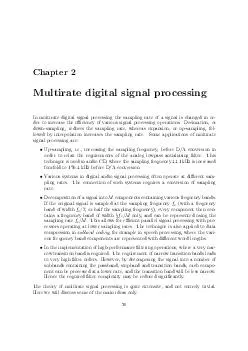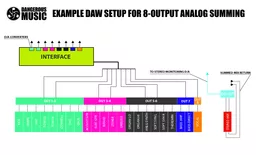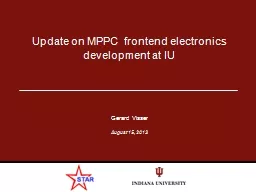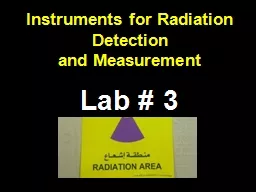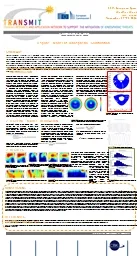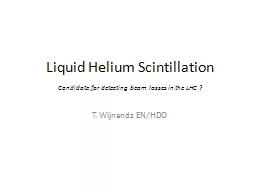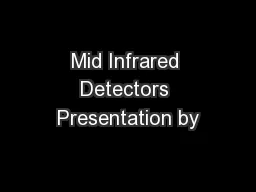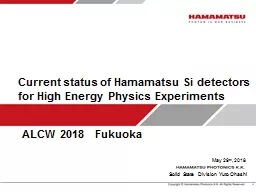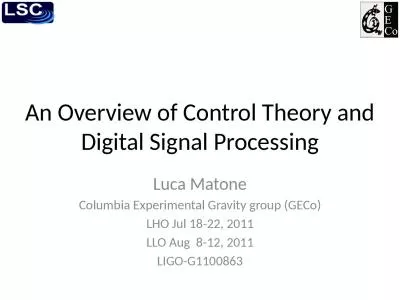PPT-Performance of scintillation pixel detectors with MPPC read-out and digital signal processing
Author : stefany-barnette | Published Date : 2018-02-19
Mihael Makek with D Bosnar V Gačić L Pavelić P Šenjug and P Žugec Department of Physics Faculty of Science University of Zagreb 2 nd Jagiellonian Symposium
Presentation Embed Code
Download Presentation
Download Presentation The PPT/PDF document "Performance of scintillation pixel detec..." is the property of its rightful owner. Permission is granted to download and print the materials on this website for personal, non-commercial use only, and to display it on your personal computer provided you do not modify the materials and that you retain all copyright notices contained in the materials. By downloading content from our website, you accept the terms of this agreement.
Performance of scintillation pixel detectors with MPPC read-out and digital signal processing: Transcript
Download Rules Of Document
"Performance of scintillation pixel detectors with MPPC read-out and digital signal processing"The content belongs to its owner. You may download and print it for personal use, without modification, and keep all copyright notices. By downloading, you agree to these terms.
Related Documents

